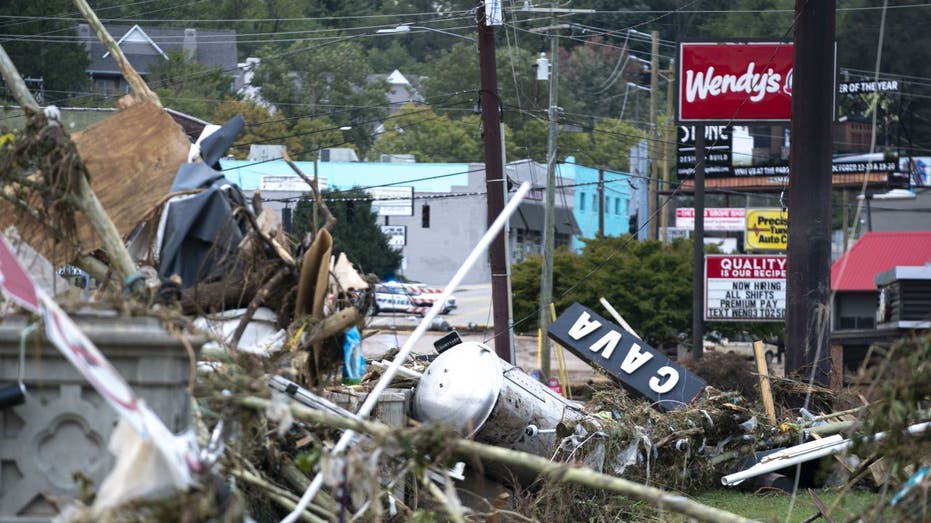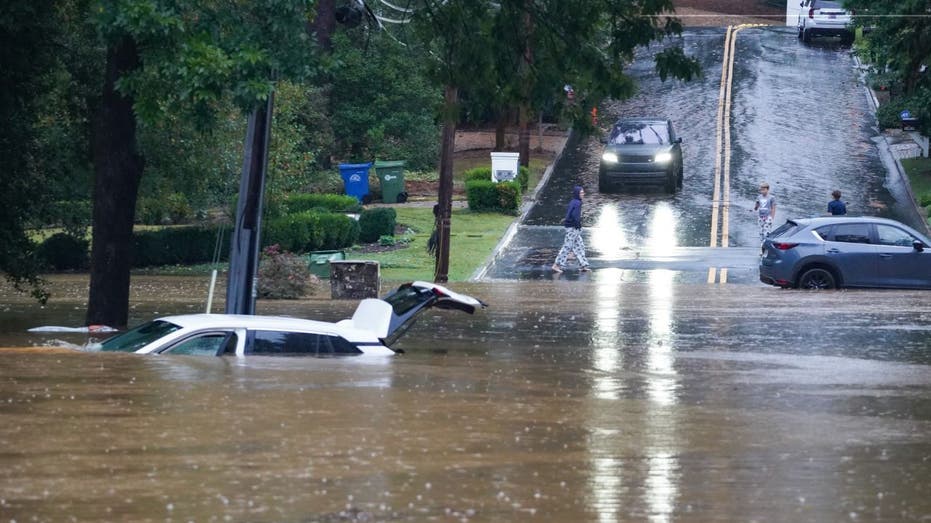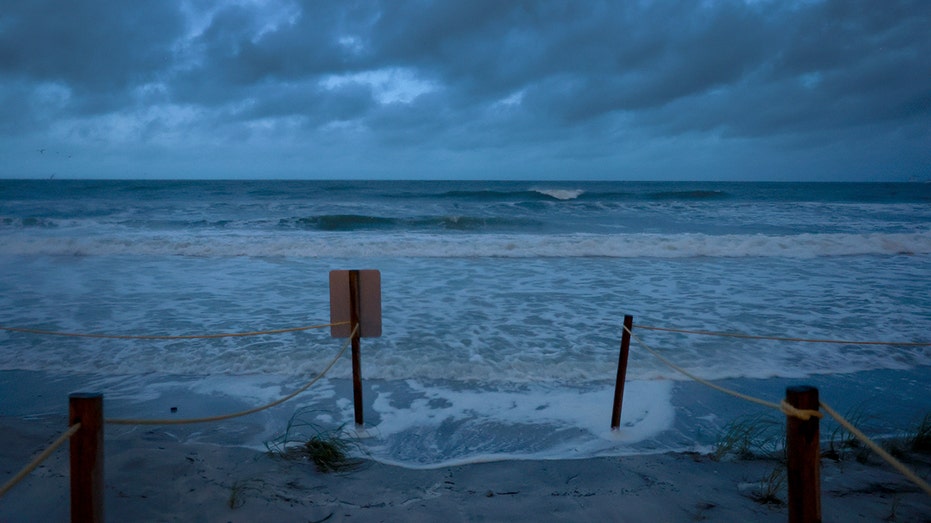Hurricane Helene brought a path of devastation to several states in the Southeast in recent days, which a preliminary estimate by Moody’s Analytics says could carry an economic cost in the tens of billions of dollars.
At least 106 people have been confirmed dead across Florida, Georgia, South Carolina, North Carolina, Virginia and Tennessee after Helene made landfall in Florida’s Big Bend region as a Category 4 hurricane late Thursday. Helene brought winds of up to 140 mph and a devastating storm surge, as well as torrential rain and historic flooding to inland areas in the Southeast.
“It remains far too early to assign a precise cost to Helene,” Moody’s Analytics wrote Friday, noting it will release a more precise estimate in the coming weeks. “But based on what is known about the storm so far, there is enough information to produce a preliminary lost output and damage figure.”
FLOODING ISOLATES NORTH CAROLINA COMMUNITIES AS HELENE’S DEATH TOLL RISES ABOVE 100 ACROSS SOUTHEAST
The preliminary analysis by Moody’s Analytics estimated that Hurricane Helene caused property damage in the range of $15 billion to $26 billion, though it noted there was more uncertainty in the property damage estimate. Economic disruptions caused by school and office closures were estimated as costing $5 billion to $8 billion in lost output. That brings the total preliminary cost estimate to a range of $20 billion to $34 billion.
The report noted that the storm in some ways resembled last year’s Hurricane Idalia, but it noted that Helene maintained its Category 4 status longer than Idalia did, bringing higher winds and more severe storm surge to coastal areas. The storm surge in the Big Bend region of Florida topped 15 feet, while cities like Tampa and Clearwater Beach had their highest storm surge in decades.
“Another significant difference involves Helene’s size as one of the largest Gulf hurricanes in recent memory. This contributed to its storm surge and set the hurricane up to affect a wider swath of the Southeast after weakening to a tropical storm,” Moody’s wrote.
SOUTHEAST IN FULL RECOVERY MODE AFTER DEADLY HURRICANE HELENE SLAMS REGION

Communities in western North Carolina were hit particularly hard by the storm as catastrophic flooding destroyed hundreds of roads and bridges, leaving some communities isolated due to the high water and infrastructure damage – preventing crews from bringing much-needed supplies like food, water and fuel to residents.
North Carolina Gov. Roy Cooper noted that Helene “dropped 10 to 29 inches of rain across the mountains, causing life-threatening floods and landslides.”
Dozens of people are now confirmed dead in North Carolina, and hundreds of people remain unaccounted for due to the lack of power and communication access.
NORTH CAROLINA LAWMAKER WARNS HURRICANE HELENE RECOVERY COULD TAKE ‘YEARS’

President Biden approved a major disaster declaration for North Carolina over the weekend, and more than 800 Federal Emergency Management Agency staff have deployed to the region.
The number of people without power has declined to about 2.1 million as of Monday morning due to the efforts of utility crews.

Moody’s RMS Event Response is planning a more precise estimate of the insured losses caused by Hurricane Helene that will be released in the coming weeks.
FOX Weather’s Stephen Yablonski contributed to this report.
Read the full article here












